A major first stage in narrative is selecting the appropriate character for your story. Driving the storyline ahead, generating suspense, and enabling the audience to emotionally relate to your story, your characters are its lifeblood. A well-written character might improve your story; a poorly chosen one might take it down. This is a guide to assist in the selection of appropriate character role ideas for your story.
Understand Your Plot’s Core Theme
Review the theme of your story and stand back before starting to create characters. You wish to send what emotional trip or message? Themes directly affect the kind of characters you require. If your tale centers on atonement, for instance, you will want a character that can grow and change—perhaps someone who begins morally defective but develops during the narrative. Working with a mystery or crime plot could call for a cunning investigator or an unreliable narrator.
Determine the Role of Each Character
Finding out the concept of your narrative will help you to decide on the part each character will do. Usually, a story contains numerous central character roles including:
- Protagonist: The protagonist is your primary character, the one the viewers would most likely root for. The plot ahead is driven by the objective of the protagonist, who also determines the course of events by their choices, deeds, and development. Choose a protagonist whose life path fits the conflict and subjects of the story.
- Antagonist: The antagonist shapes challenges for the protagonist. They might be a person, organization, or even a mental internal conflict within the protagonist. Strong and plausible motives for the opponent should present a meaningful struggle for the protagonist.
- Supporting Characters:These people either enable or impede the protagonist in reaching their objective. Supporting characters could be sidekicks, adversaries, buddies, and mentors. Their part is to give the narrative complexity and shape the growth of the protagonist.
- Foil: A foil character highlights the qualities of the protagonist and so helps to identify their personality in contrast. Though it should provide an interesting contrast to the main character, a foil does not always have to be an enemy.
Consider Character Archetypes
Universal patterns resonating with viewers are character archetypes. Although you should develop your characters, employing archers might give your story a solid basis. Several typical archetypes consist of:
- The Hero: Often the protagonist, the hero sets off on a journey, encounters obstacles, and develops from their experiences.
- The Mentor: The mentor is a wise person who counsels the protagonist either morally or technically and provides training or advice.
- The Villain: The villain is someone whose objectives directly run counter to the hero’s, therefore generating strife and tension.
- The Innocent: Often confronting challenges that try their goodwill, the innocent is a pure-hearted, trusting character.
- The Rebel: Often crucial in bringing about change, the Rebel questions authority, regulations, or societal norms.
Selecting the appropriate archetype will enable room for complexity and evolution while helping your character to be grounded in the story.
Align Character Motivations with the Plot
The ambitions of a character should propel the narrative ahead and match the general plot. Ask yourself: Why does each character want what they do? A clear and strong incentive helps a character to be more approachable and interesting. A protagonist driven by revenge, for instance, will choose differently from one driven by love or obligation. Whether they result from personal needs, anxiety, or a collision of values, the hostile forces should also be strongly motivated.
Consider Character Growth and Change
The maturation of a well-written character is among its most satisfying features. A character who develops across the narrative lends complexity and emotional resonance. This development could result from an encounter that tests their presumptions or convictions, a realization, or a mistake. Consider how a character’s role will evolve as the story moves forward. The character could battle with their own personal development or encounter resistance from those who do not understand or embrace their metamorphosis, therefore generating both internal and exterior conflict.
Test Character Dynamics
Characters interact with one another; their interactions define the story and so define them individually. Consider how your characters interact among other things. For instance, the dynamic between the protagonist and the antagonist generates suspense; meanwhile, the relationship between the protagonist and their mentor might present times of advice and encouragement. Think about how the objectives and personalities of several characters will either complement or conflict with each other. Usually driving the conflict, these factors will help to create a more interesting story.
Create Believable Backstories
The best characters seem to be actual people with rich motivations and backgrounds. Although you don’t have to divulge every element of a character’s past, having one in place helps to explain their decisions and behavior. Consider where each character comes from, what events have molded them, and how their past shapes their decisions in the narrative. While a character from a prominent family may feel entitled to success, a protagonist with a terrible upbringing may be more hesitant to trust others.
Focus on Diversity and Representation
In the modern society, representation is absolutely important. Characters from many backgrounds, ethnicities, sexes, and experiences will provide your story with new angles. Including diversity not only results in more realistic characters but also lets more interesting and dynamic stories flow. Think about how variety could improve your story and character parts so that every character feels real and significant.
Selecting the proper character for your story calls for both deliberate thought and preparation. Your story will be improved and your audience will find resonance in the characters you build by contemplating the fundamental topic, defining defined roles, using archetypes, aligning motivations, stressing development, and testing dynamics. Well-created character role ideas will not only provide a strong basis but also attract and involve your readers or viewers, thereby keeping them engaged in your story from beginning to end.









